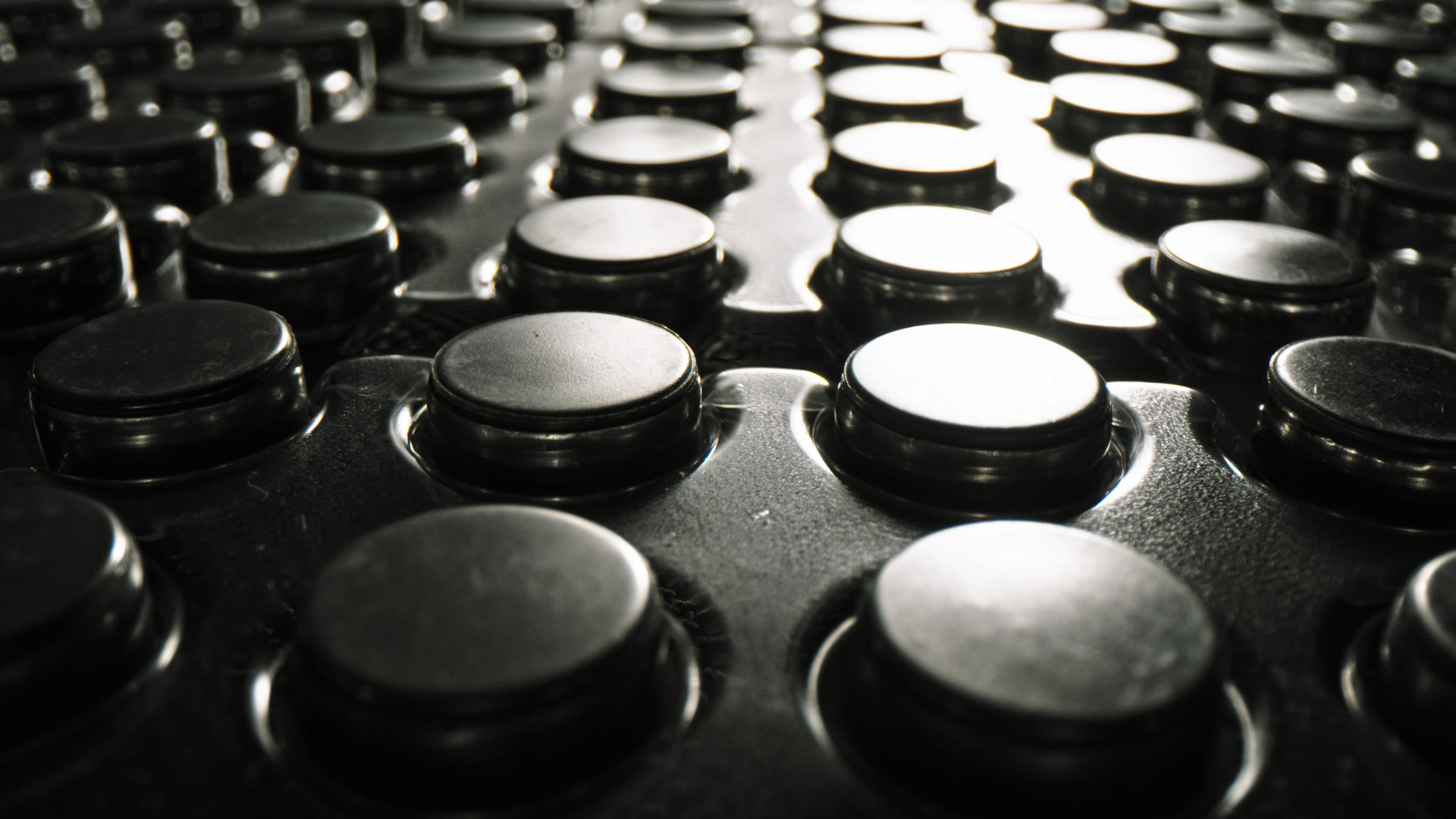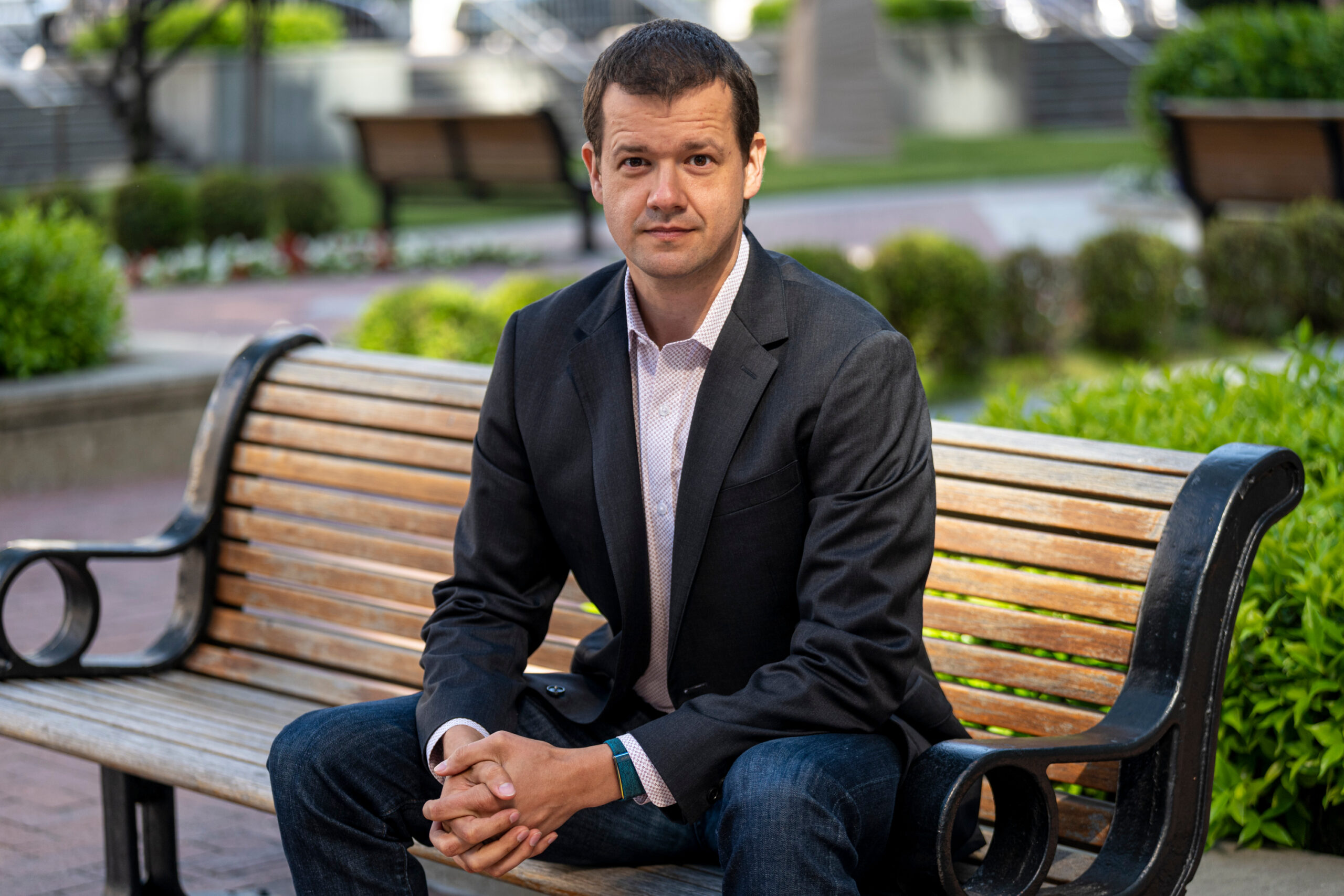Subtotal: 1.655,52€ (incl. VAT)
Lithium-ion batteries just made a big leap in a tiny product
A materials company in Alameda, California, has spent the last decade working to boost the energy stored in lithium-ion batteries, an advance that could enable smaller gadgets and electric vehicles with far greater range.
Sila has developed silicon-based particles that can replace the graphite in anodes and hold more of the lithium ions that carry the current in a battery.
Now the company is delivering its product to the market for the first time, providing a portion of the anode powder in the battery of the forthcoming Whoop 4.0, a fitness wearable. It’s a small device but potentially a big step forward for the battery field, where promising lab results often fail to translate to commercial success.
“Think of the Whoop 4.0 as our Tesla Roadster,” says Gene Berdichevsky, Sila’s CEO, who as Tesla’s seventh employee helped solve some of the critical battery challenges for the company’s first electric vehicle. “It’s really the first device on the market that’s proving this breakthrough.”

SILA
The company’s materials, with a light assist from other advances, increased the energy density in the fitness tracker’s battery by around 17%. That’s a significant gain in a field that generally inches forward by a few percentage points a year.
It’s equivalent to about four years of standard progress, “but in one big jump,” says Venkat Viswanathan, an associate professor of mechanical engineering at Carnegie Mellon University.
Sila still faces some real technical challenges, but the advance is a promising sign for the potential of increasingly capable batteries to help the world shift away from fossil fuels as the dangers of climate change accelerate. Boosting the amount of energy that batteries can store makes it easier for increasingly clean electricity sources to power more of our buildings, vehicles, factories, and businesses.
For the transportation sector, a more energy-dense battery can reduce the costs or extend the range of electric vehicles, addressing two of the biggest issues that have discouraged consumers from giving up their gas guzzlers. It also promises to deliver grid batteries that can save up more energy from solar and wind farms, or consumer gadgets that last longer between charges.
Energy density is the key to the “electrification of everything,” says Berdichevsky, an Innovator Under 35 in 2017.
In the case of the new fitness wearable, the novel battery materials and other improvements made it possible for Boston-based Whoop to shrink the device by 33% while maintaining five days of battery life. The product is now thin enough to be inserted into “smart apparel” as well as being worn like a watch. It goes on sale September 8.
Sila, which announced $590 million in funding in January, also has partnerships in place to develop battery materials for automakers including BMW and Daimler. The company has said its technology could eventually pack as much as 40% more energy into lithium-ion batteries.
Preventing fires
Berdichevsky interviewed for and landed his job at Tesla before his senior year at Stanford University, where he was working toward a degree in mechanical engineering. He ended up playing a key role in addressing a potentially existential risk for the company: that a fire in any one of the thousands of batteries packed into a vehicle would ignite the whole pack.
He set up a program to systematically evaluate a series of battery pack designs. After hundreds of tests, the company developed a combination of battery arrangements, heat transfer materials, and cooling channels that largely prevented runaway fires.
After Tesla launched the Roadster, Berdichevsky felt he had to either commit to another five years to see the company through development of the next vehicle, the Model S—or take the opportunity to try something new.
In the end, he decided he wanted to build something of his own.

DAVID PAUL MORRIS/SILA
Berdichevsky went back to Stanford for a master’s program studying materials, thermodynamics, and physics, in the hope of finding ways to improve storage at the fundamental level. After graduating, he spent a year as an entrepreneur in residence at Sutter Hill Ventures, looking for ideas that could form the basis of his own business.
During that time, he came across a scientific paper identifying a method to produce silicon-based particles for lithium-ion battery anodes.
Researchers have long seen silicon as a promising way to increase the energy in batteries, because its atoms can bond with 10 times more lithium ions by weight than graphite can. That means they hold far more of the charged molecules that produce the electric current in a battery. But silicon anodes tended to crumble during charging, as they swelled to accommodate the ions that shuttle back and forth between the electrodes.
The paper, coauthored by Georgia Institute of Technology professor Gleb Yushin, highlighted the possibility of developing rigid silicon materials with a porous core that could more easily accept and release the lithium ions.
The next year, Berdichevsky cofounded Sila with Yushin and Alex Jacobs, another former Tesla engineer.
Hurdles and delays
The company spent the next decade tweaking its methods and materials, working through more than 50,000 iterations of the chemistry while scaling up its manufacturing capacity. Early on, it decided to develop drop-in materials that manufacturers of lithium-ion batteries could swap in, rather than pursuing the more expensive and riskier route of producing complete batteries itself.
Sila is not as far along as it had initially hoped to be, however.
After securing several million dollars from the US Department of Energy’s ARPA-E division, the company at one point told the research agency its materials could be in products by 2017 and in vehicles by 2020. In 2018, when Sila announced its deal with BMW, it said its particles could help power the German automaker’s EVs by 2023.
Berdichevsky says the company now expects to be in vehicles by “more like 2025.” He says that solving the “last mile” problems was simply harder than they expected. Challenges included working with battery manufacturers to get the best performance out of the novel materials.
“We were naïvely optimistic about the challenges of scaling and bringing products to market,” he said in an email.
The Whoop news signals that Sila was able to engineer the particles in a way that offers safety, life cycles, and other battery performance benchmarks similar to those achieved in existing products.
But it’s notable that Sila’s particles will provide only about 25% of the capacity in the battery’s anode, with standard graphite materials providing the rest.
Viswanathan says that the bigger test will be going from partially to fully replacing the graphite. That requires a greater level of precision and performance, which he describes as the difference between hitting a double and a home run.
In addition, he says, the company still faces significant challenges going from consumer devices to the more rigorous demands of electric vehicles. Cars, trucks, and buses need energy-dense, extremely safe batteries that charge rapidly and last for many life cycles, among other things. The problem with battery chemistry is that improving the materials and processes involved in one performance standard can often come at the cost of others, Viswanathan says.
Berdichevsky says that Sila’s battery materials will fully replace graphite in its next commercial product, which he says is “locked and loaded” with a partner that he can’t yet announce. And unlike other promising battery materials earning press and investor attention these days, like lithium metal, Sila’s silicon materials are already in products.
“We’re big believers that hope and hype doesn’t change the world—shipping does,” he says.











